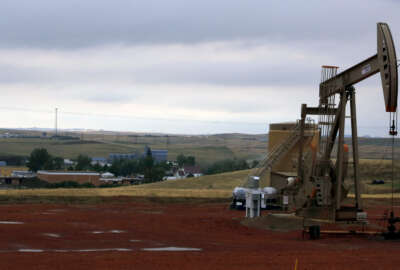Many, maybe most federal and postal retirees appreciate the inflation-protection they have. Especially if they realize that most remaining private sector pension plans freeze — and never raise — benefits at the time of retirement.
Uncle Sam does it differently, mostly …
Workers retired (or those who will retire) under the CSRS and CSRS Offset plans get full inflation protection. For life. So do their surviving spouses. If the cost of living goes up 4 percent, for example, they get a 4 percent cost-of-living adjustment the following January. People retiring under the FERS program are on a diet-COLA plan. If inflation was up 4 percent, they would get a 3 percent COLA. FERS workers have a less generous federal retirement benefit. But their TSP options are better. They can get a total 5 percent match to their account from the government if they put in at least 5 percent. FERS employees who contribute nothing still get a 1 percent contribution from the government. So far, so good. But …
Where a lot of retirees say yuck to the the government’s two COLA system — regular for CSRS and diet for FERS — is what goes into the mix that tracks inflation.
Many retirees think the government should give more weight to things like health insurance premiums. They are going up an average of 7.4 percent next year for workers and retirees. And even higher for many nonfeds whose primary source of retirement income is investments (like a 401k plan) and Social Security. Like federal and military retirement benefits, Social Security payments, which go to nearly 70 million people.
The inflation yardstick is one of the several Consumer Price Indexes that measures price changes in a marketbasket of goods. Many retirees feel the items in that market basket aren’t represenative of things people need as they get older. The driving force behind the COLAs is usually the price of oil, which means gasoline to us. In the 1970s, double-digit COLAs were common. But when oil prices are down, so is inflation. At least according to the yardstick the government uses. For instance:
In 2005, retirees got a 4.1 percent COLA effective the following January. In 2006, the COLA was 3.3 percent; 2007, 2.3 percent and in 2008 the COLA was a whopping 5.8 percent. Then the next two years there was no COLA. In 2011, it went up 3.6 percent. For the first three years the COLAs were 1.7 percent, 1.5 percent and 1.7 percent, which retirees got this year.
For 2016, nothing. No COLA.
Which is why some retirees are puzzled, others are angry and some are really starting to pinch pennies.
For more on the complicated COLA story, click here and here.
Nearly Useless Factoid
By Michael O’Connell
When the Abraham Lincoln cent first debuted in 1909, it was the first regular U.S. coin to feature a portrait, other than a mythical figure, such as Liberty. The Indian Head cent it replaced was a portrait of Liberty as a Native American.
Source: Wikipedia
Copyright
© 2024 Federal News Network. All rights reserved. This website is not intended for users located within the European Economic Area.
